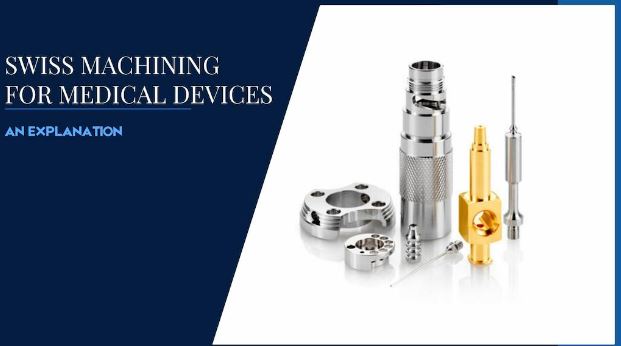Innovations in Bulk Liquid Transport for Supply Chains
Effective bulk liquid transport is critical for modern supply chains, spanning industries such as agriculture, chemical processing, mining, food and beverage, and more. Over the years, advancements in design, technology, and safety measures have transformed the way liquids are stored and transported. These innovations are revolutionising efficiency, ensuring compliance with industry standards, and supporting the sustainable development of supply chains worldwide.
Smarter Design: Containers Tailored for Purpose
Intermediate Bulk Containers (IBCs) are at the forefront of bulk liquid transport solutions and are known for their versatility and functionality. Modern innovations focus on tailoring container designs for specific liquid types and transportation conditions.
For instance, stainless steel IBCs are engineered for durability and resistance to extreme temperatures and corrosive substances. These containers are particularly advantageous in industries where hygiene is paramount, such as food processing and pharmaceutical production, offering easy cleaning and a longer lifecycle.
Additionally, enhancements in stackable and collapsible designs are improving storage and logistical efficiency, helping businesses maximise available space in warehouses and during transport.
Enhanced Safety Features
Safety innovations are pivotal in mitigating risks associated with bulk liquid transport, especially for hazardous materials. As demand for transporting such substances rises, the industry has introduced cutting-edge features to improve safety and reliability:
Built-in Pressure Release Valves
These valves prevent overpressure in sealed containers during transit by automatically releasing excess pressure. This reduces the risk of container ruptures caused by temperature fluctuations or chemical reactions, safeguarding both the contents and the surrounding environment.
Advanced Venting Systems
Modern venting systems enable gases to escape safely while maintaining the container’s integrity. These systems stabilise internal conditions, minimising the risk of dangerous pressure build-ups and ensuring compatibility with various liquid types.
Reinforced Spill Containment Bunds
These structures offer an additional layer of security by effectively containing leaks or spills. They minimise environmental contamination risks and ensure safety in the event of unforeseen accidents, providing a crucial buffer for handling hazardous materials.
Consideration of Flammability Limits
Enhanced safety features now include designs that account for flammability limits, ensuring the secure transport of volatile or combustible liquids. By carefully managing factors like temperature, ventilation, and container materials, these systems significantly reduce ignition risks.
These advancements in safety technology not only comply with strict industry regulations but also promote environmental protection, worker safety, and operational reliability. With these innovations, companies can achieve safer and more sustainable bulk liquid transport, fulfilling both industry and environmental responsibilities effectively.
Technology Integration: Smarter Monitoring and Control
The integration of technology has drastically improved monitoring and control in bulk liquid transport. Digital sensors embedded within containers now provide real-time data on liquid levels, pressure, and temperature.
Wireless communication systems enable remote monitoring, allowing supply chain operators to address issues proactively, reducing delays and the risk of spoilage or contamination. Paired with GPS tracking, businesses gain end-to-end visibility of their cargo during transit, enhancing supply chain transparency and security.
Sustainability in Bulk Liquid Transport
Sustainability has become a core focus in supply chain operations, and innovations in liquid transport are addressing this need head-on. Durable materials, such as stainless steel, are more eco-friendly over time compared to disposable alternatives.
Refinements in container reusability reduce waste generation, while advancements in recycling allow retired components to re-enter production cycles. Furthermore, lightweight yet strong designs minimise fuel consumption during transit, offering an eco-friendly solution without compromising safety.
Maximising the Advantages
To fully benefit from modern advancements in bulk liquid transport, partnering with a trusted supplier offering a comprehensive range of accessories for stainless steel IBCs is vital. High-quality components, such as vent caps, precision fittings, and specialised liners, help optimise container performance and ensure consistent safety standards. By integrating the right accessories, businesses can enhance operational efficiency, extend the lifespan of their equipment, and align seamlessly with cutting-edge innovations in liquid transport technology. This strategic approach not only improves safety and reliability but also maximises the return on investment in advanced transport solutions.
Final Insights
Innovations in bulk liquid transport are redefining the efficiency, safety, and sustainability of supply chains. By leveraging smarter container designs, advanced safety features, technology integration, and environmentally conscious practices, businesses can keep pace with modern demands while reducing operational risks. These advancements not only ensure smoother supply chain operations but also demonstrate a commitment to higher performance and responsibility in an ever-evolving industrial landscape.



